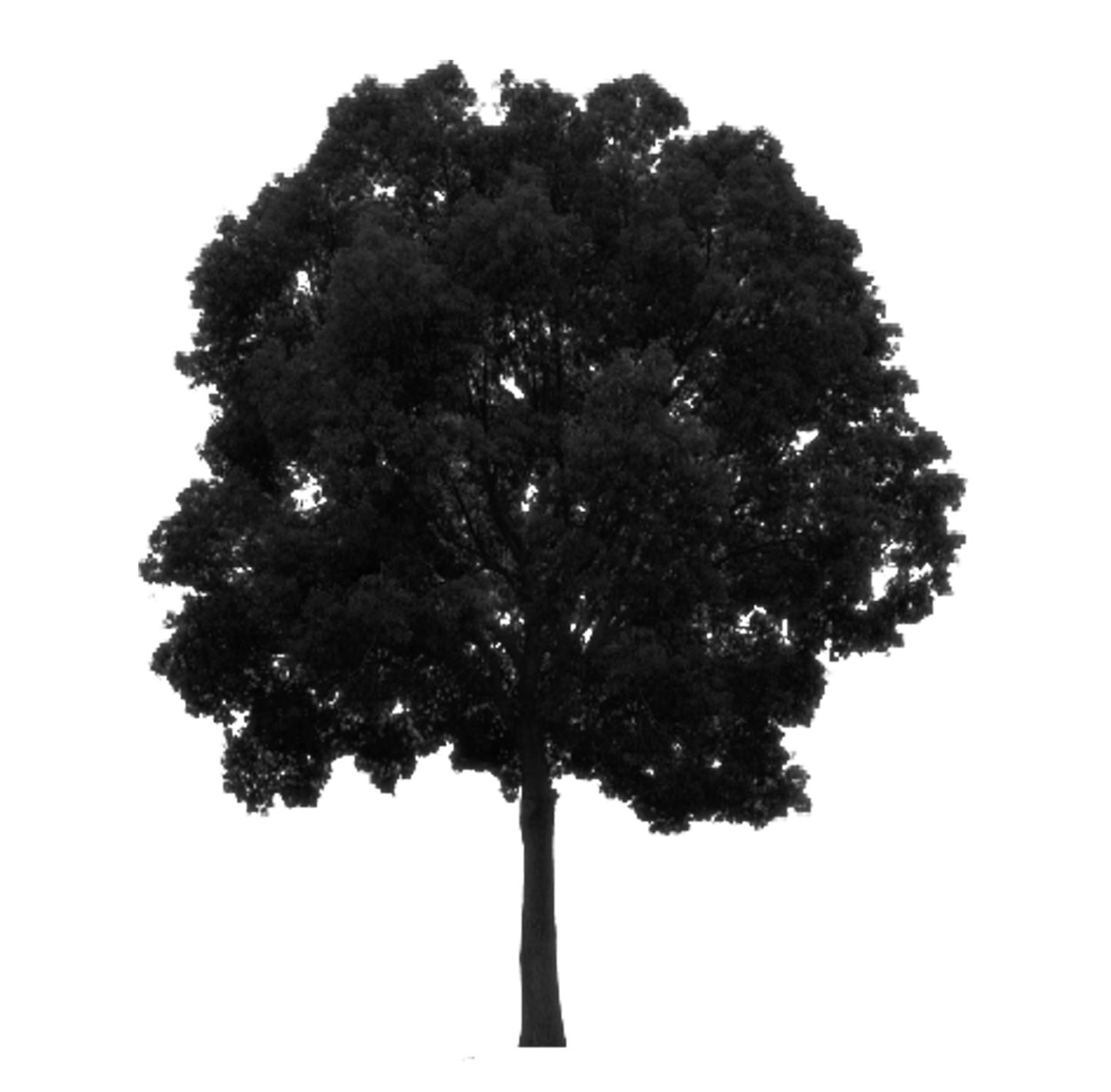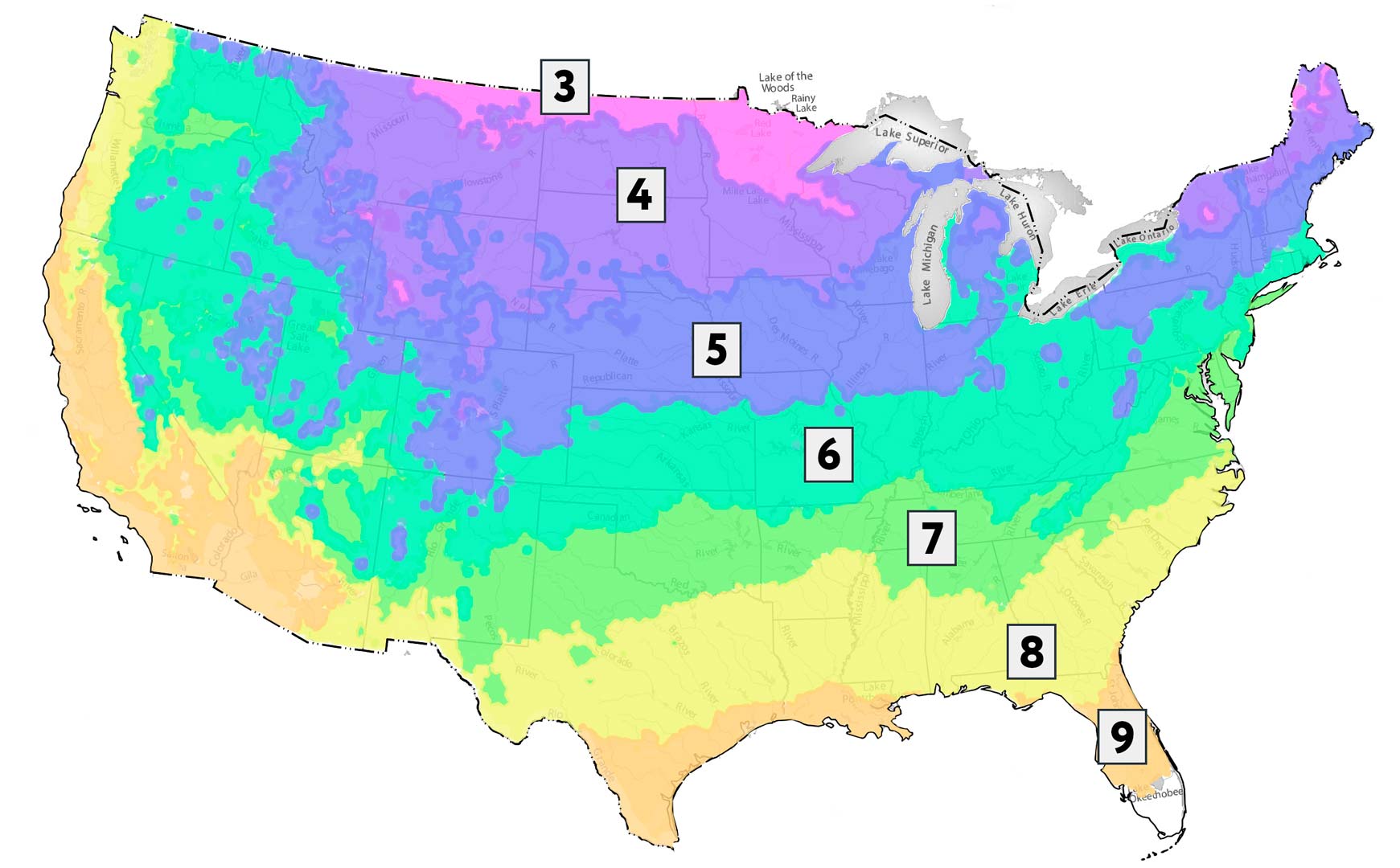Back to Map

Common Hackberry
#10429 | Celtis occidentalis
Look for: Narrow corky projecting ridges on bark, bright green 2-5 inch ovate leaves
Origin: Central and northeastern North America
Back to Map

Look for: Narrow corky projecting ridges on bark, bright green 2-5 inch ovate leaves
Origin: Central and northeastern North America
Common Hackberry is easily distinguished by its cork-like bark with warty protuberances and the distinctly asymmetrical base of each leaf. The orange-red to purple black fruits that are produce in September and October taste just like dates and are relished by wildlife. Too bad there is only a thin layer of edible flesh on each fruit! Hackberry is a native to the northeastern two thirds of the country and is a relative of the elms.
In earlier years, its tough, flexible wood was used for barrel hoops, and many a pioneer cabin was equipped with durable hackberry wood flooring. The tree was first cultivated in 1636. Other common names given to the hackberry include common hackberry, sugarberry, nettletree, beaverwood, northern hackberry and American hackberry.

USDA Zones 3-9